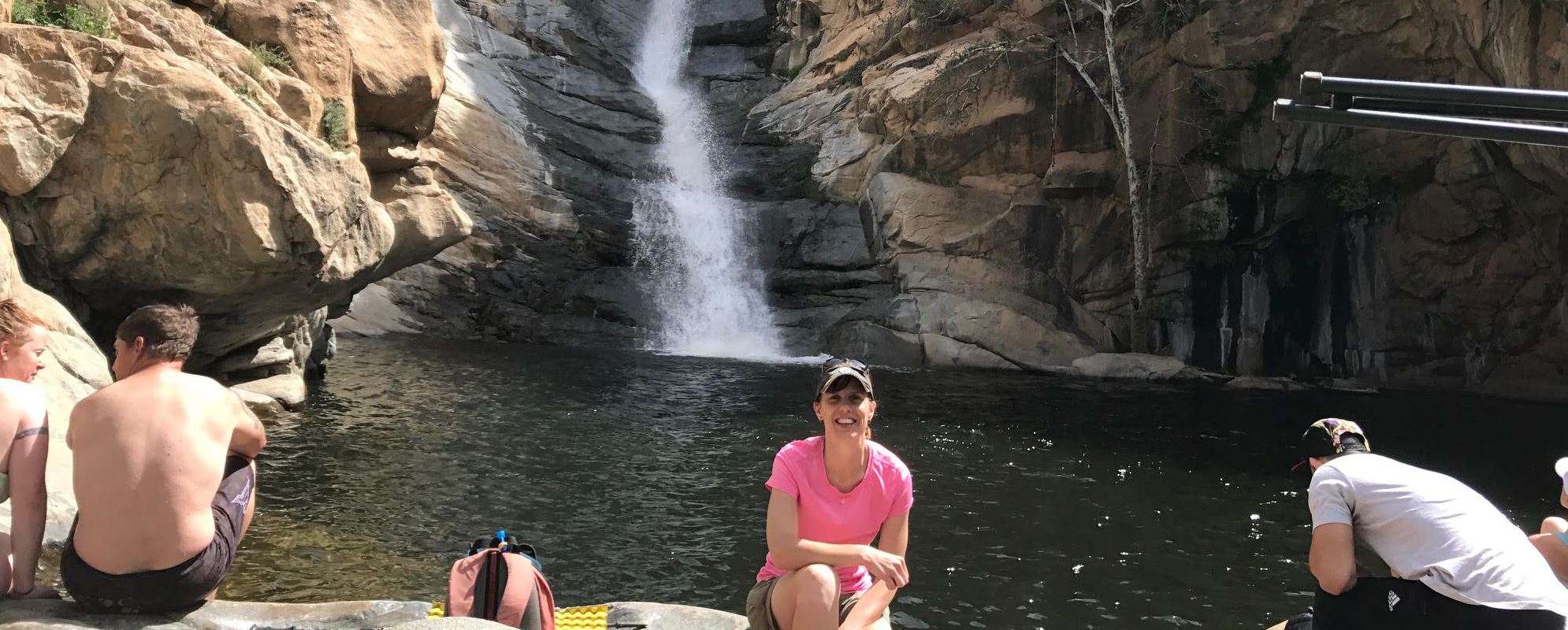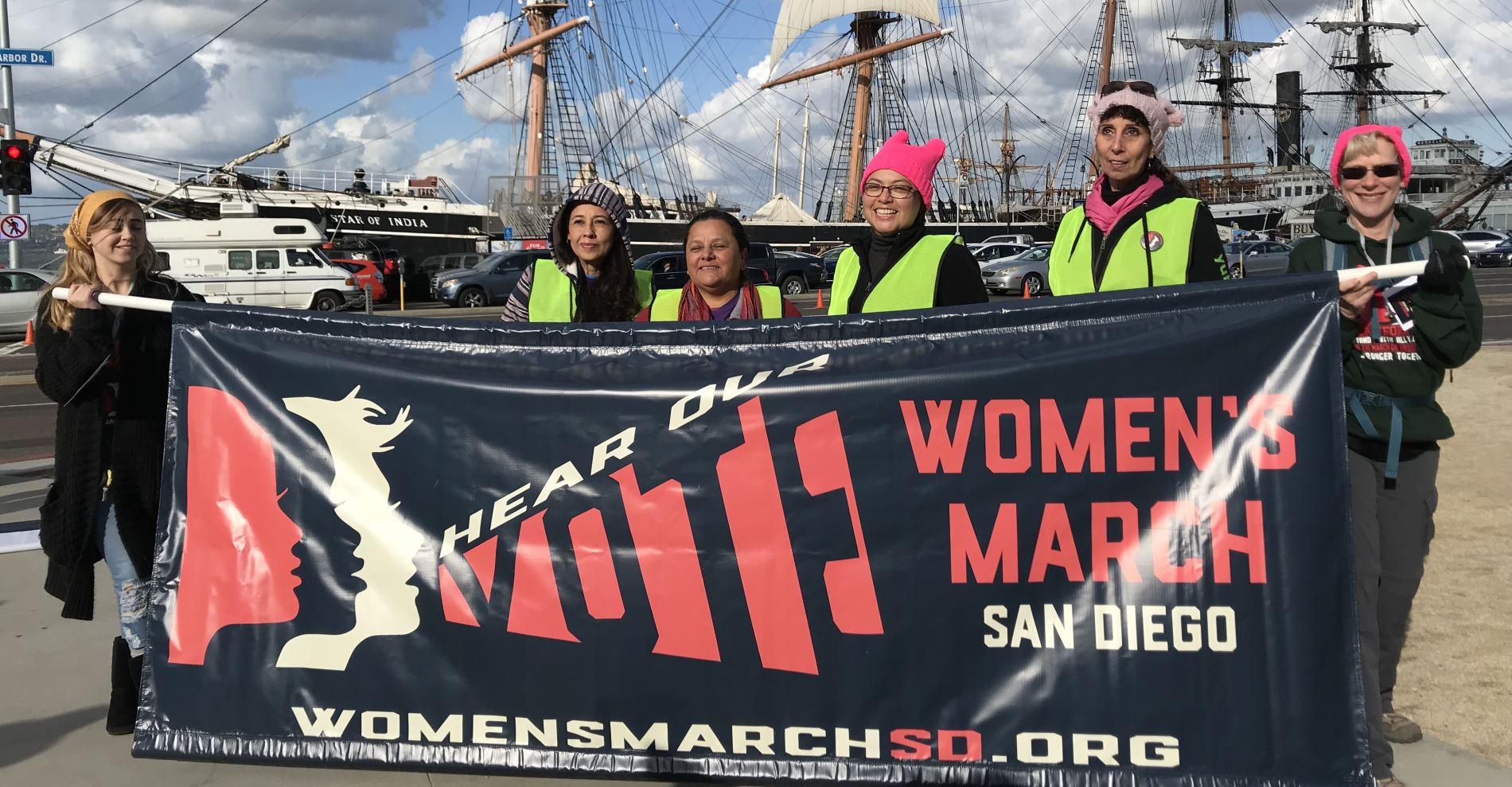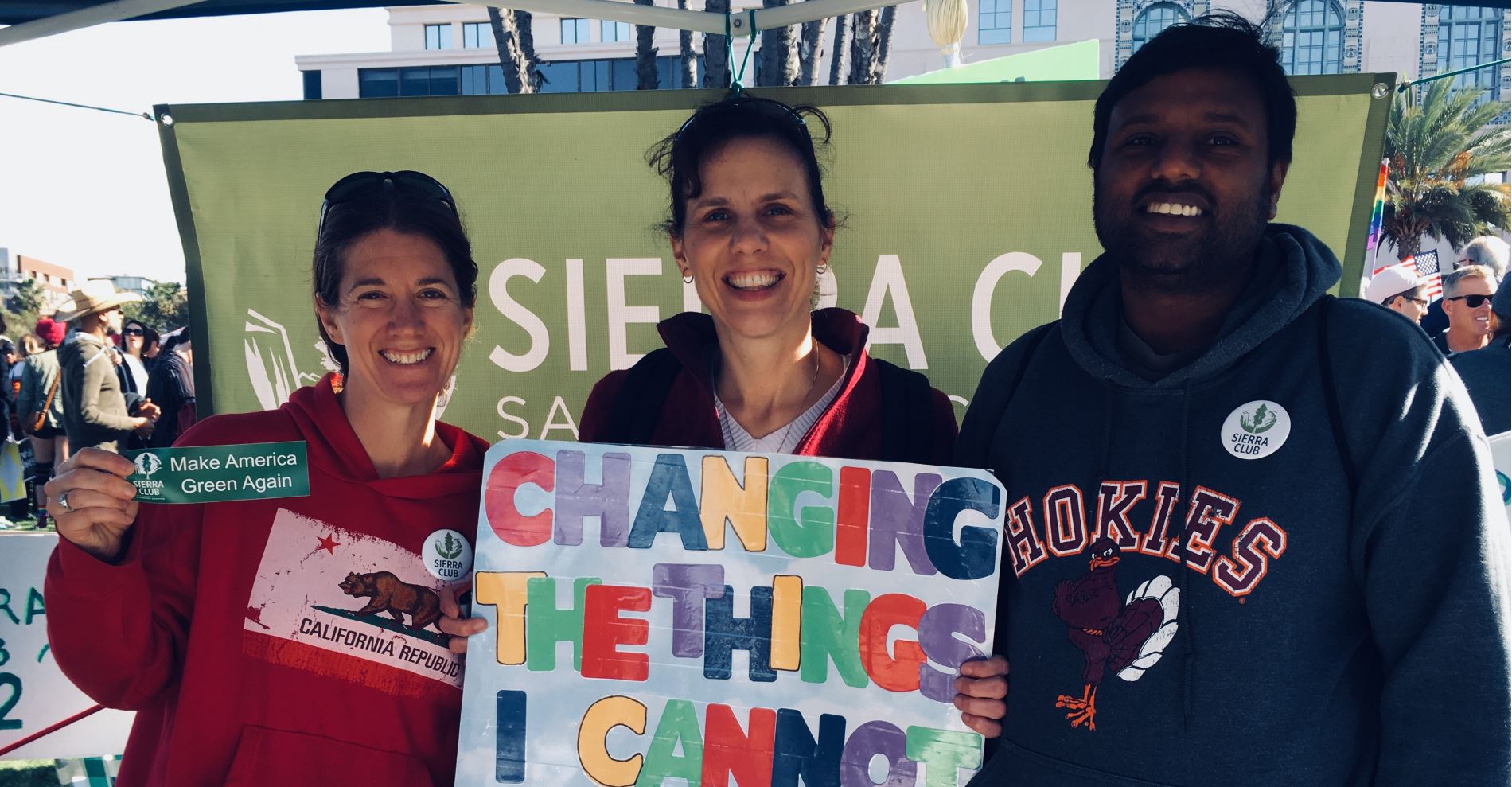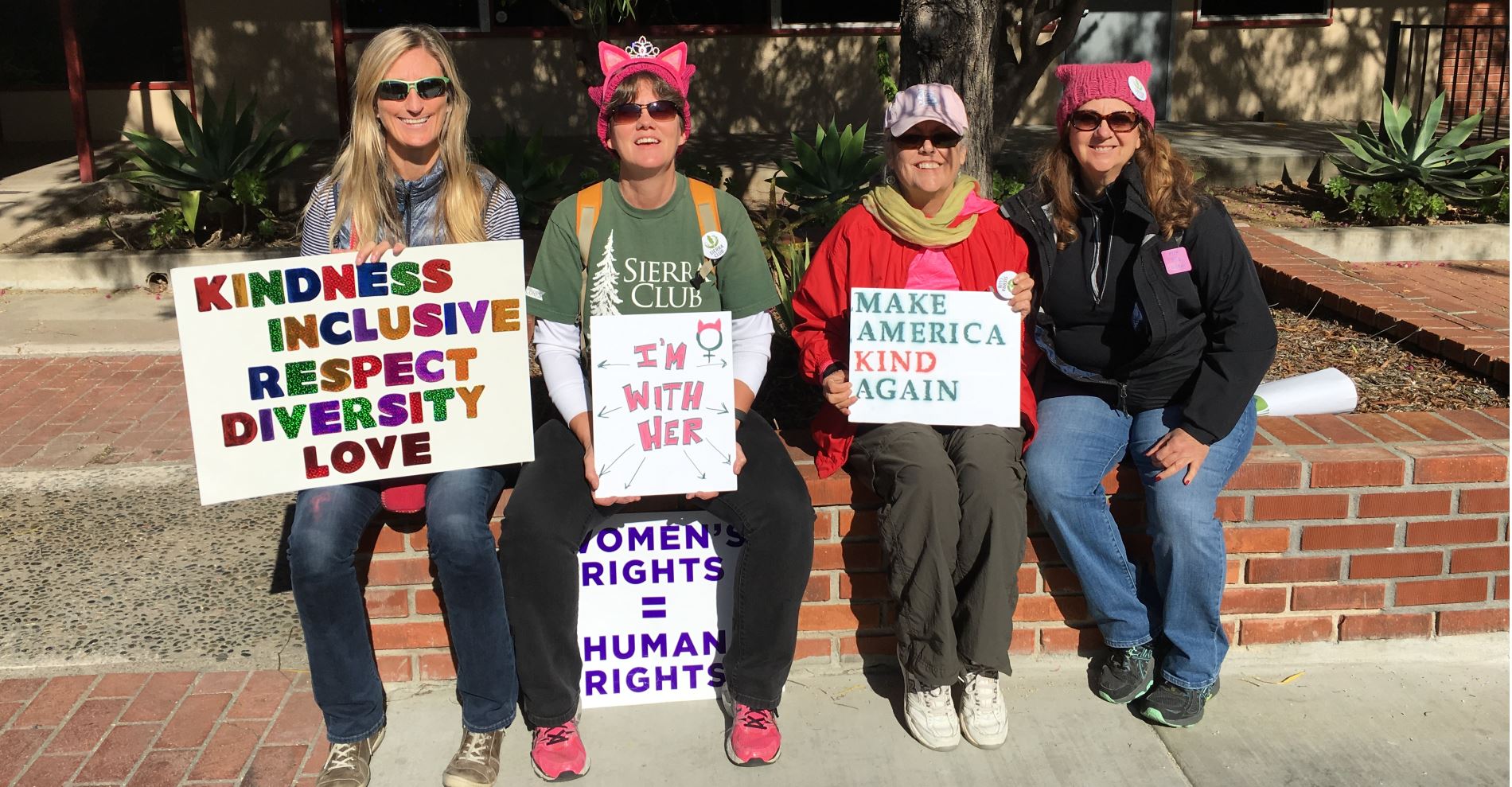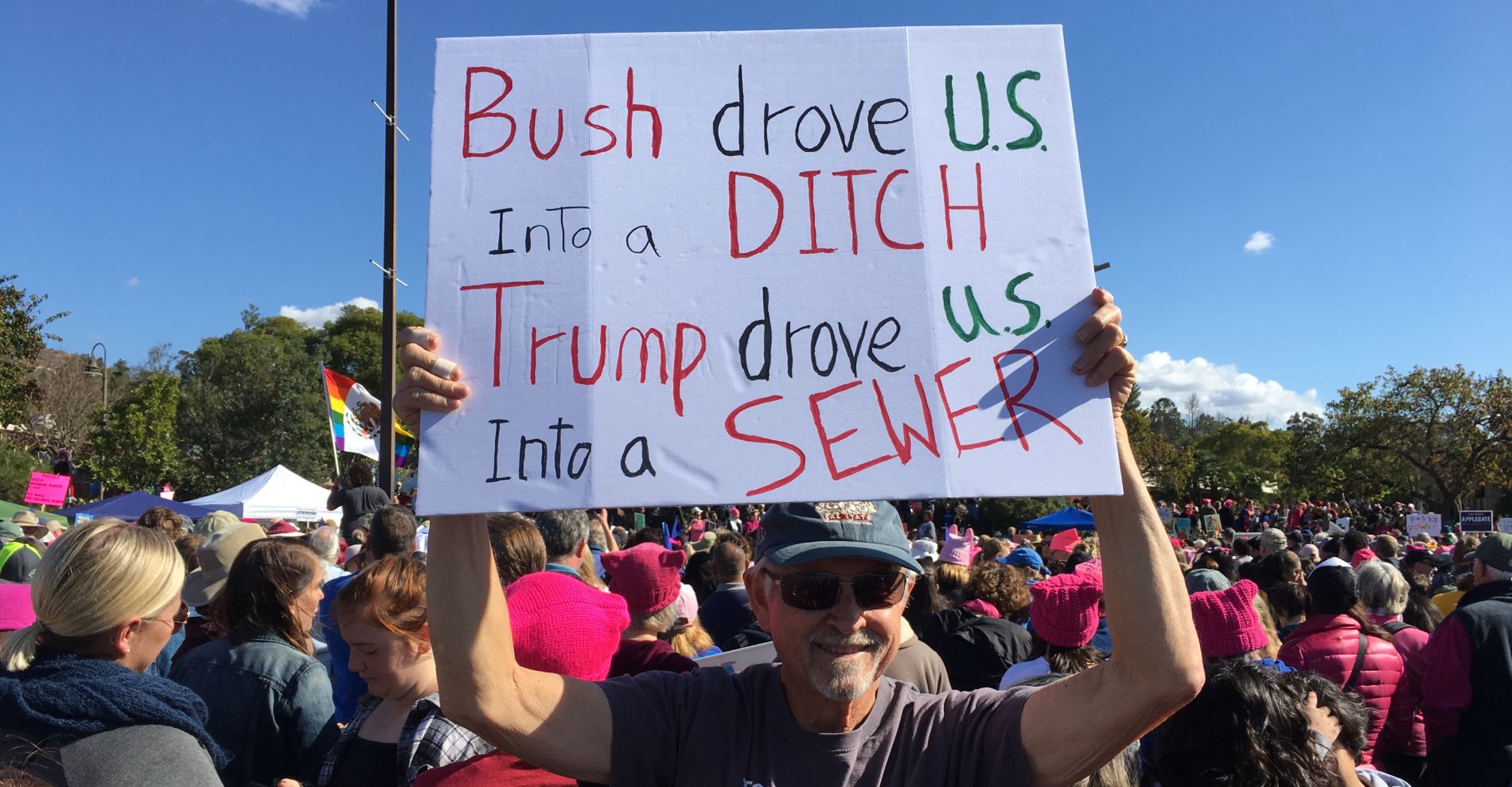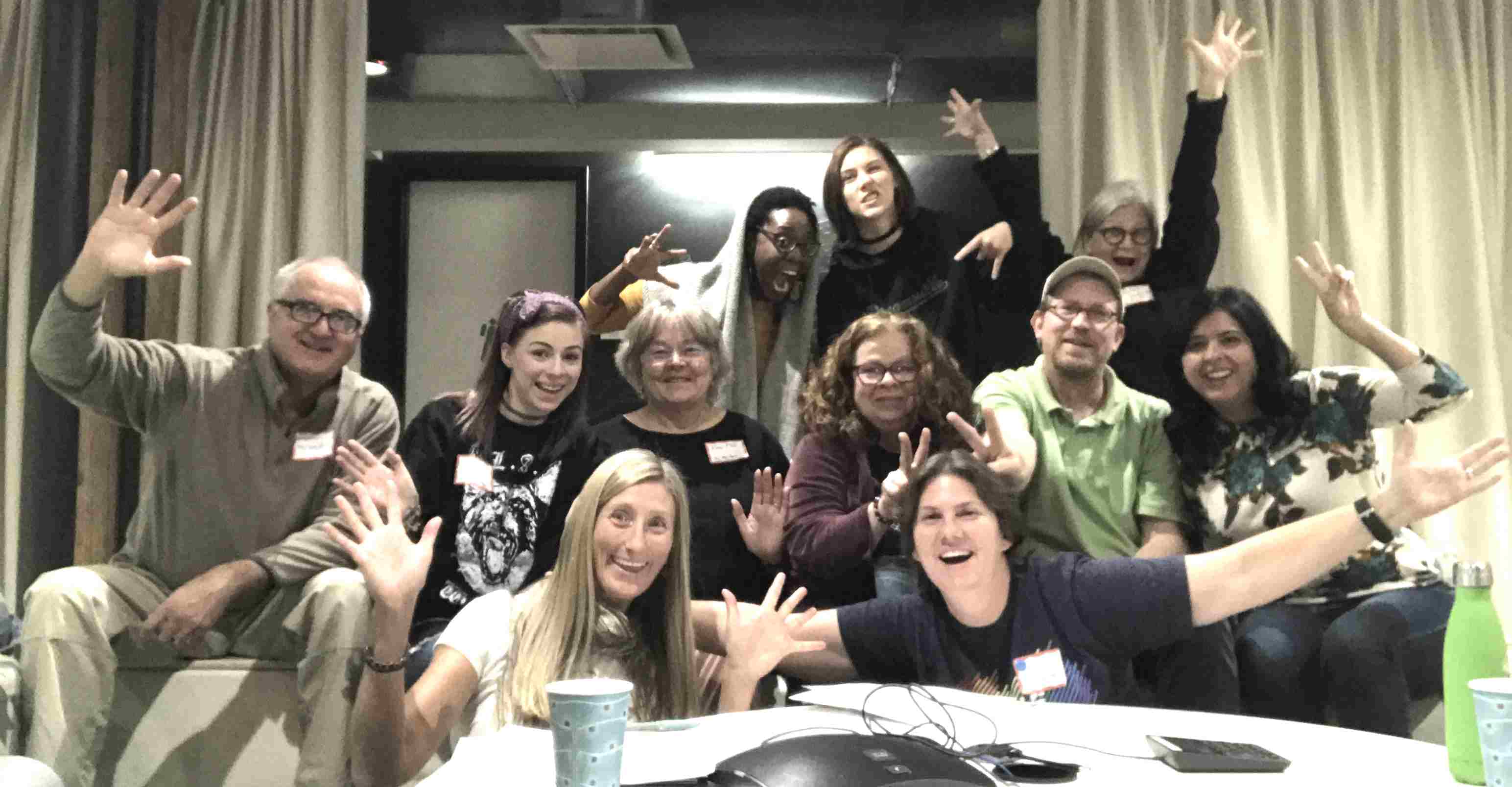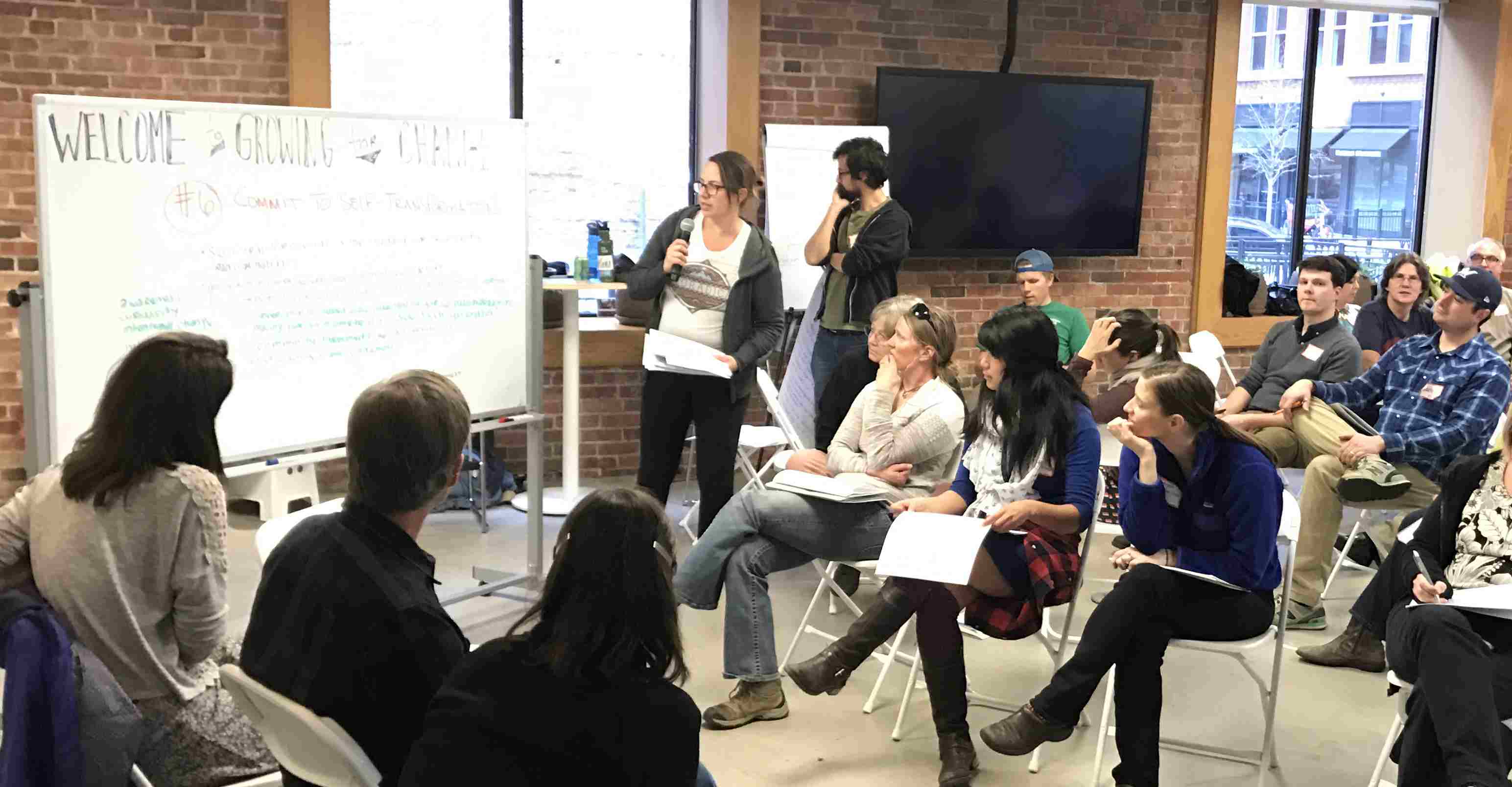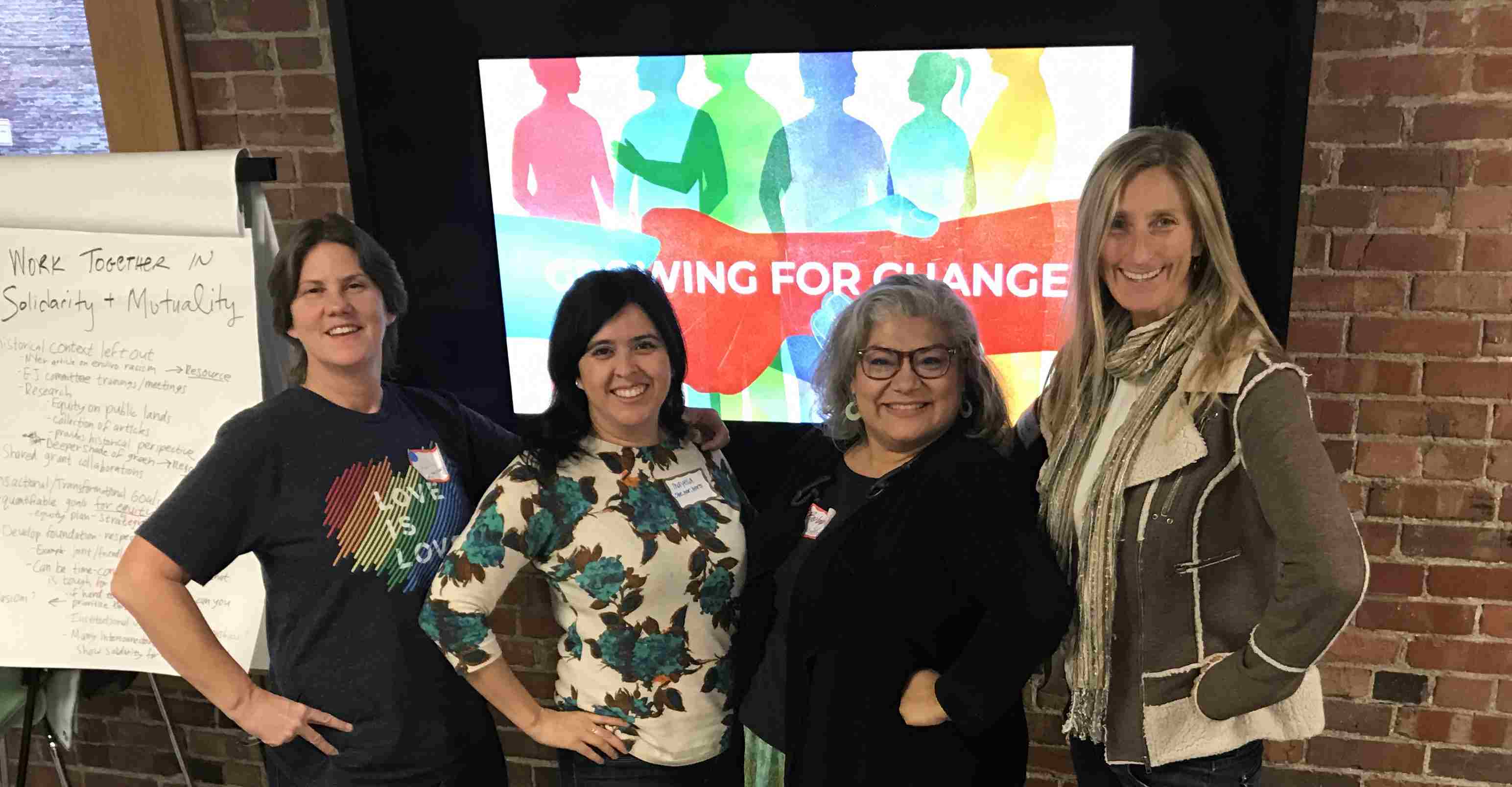Sierra Club San Diego Chapter News
CEA and SDCP Expanded
CEA and SDCP Expanded to Escondido, San Marcos, National City & Unincorporated County of San Diego It’s not a Conspiracy, but it [...]
2018 Award Gala Celebration
SAN DIEGO CHAPTER CELEBRATES 70 YEARS On Saturday, June 9th over 100 Sierra Club members and supporters joined in celebrating the Chapter’s 70th [...]
Beat the Heat! Be Safe when Hiking this Summer in San Diego!
As summer approaches, the days become longer, the weather warms up and many of us want to get outdoors and explore the trails to local [...]
Ride List for April 2018
March 25 - SUNDAY MISSION BAY SUNDAY RIDE Difficulty Rating: 21 to 35 mi, rolling hills.On the 3rd and 4th Sunday of each month, join [...]
My Experience at the 2018 Women’s March in San Diego
I asked a few members of the Sierra Club San Diego to tell me about their experience at the 2018 Women's March. Approximately 1.6 million people [...]
New Year’s Resolution: Going Green
Is Being Green on Your New Year’s List of Resolutions? You may remember Kermit the Frog singing the tune “it’s not easy being green”. Here [...]
How the Sierra Club is transforming into a more equitable, just and inclusive organization
All across America, the Sierra Club is hosting workshops for staff and volunteers to transform the organization to one that is more equitable, just and [...]
Think Globally, Act Locally
While I was visiting family in early May, a favorite aunt (she’s as environmentally passionate as I am) and I saw the trailer for “An [...]
CHAPTER NOTES
2016 Whale Watch Sunday, February 21, 2016, 10:00 AM – 1:00 PM NOTE: The January 17 trip was CANCELLED and rescheduled for the above [...]

